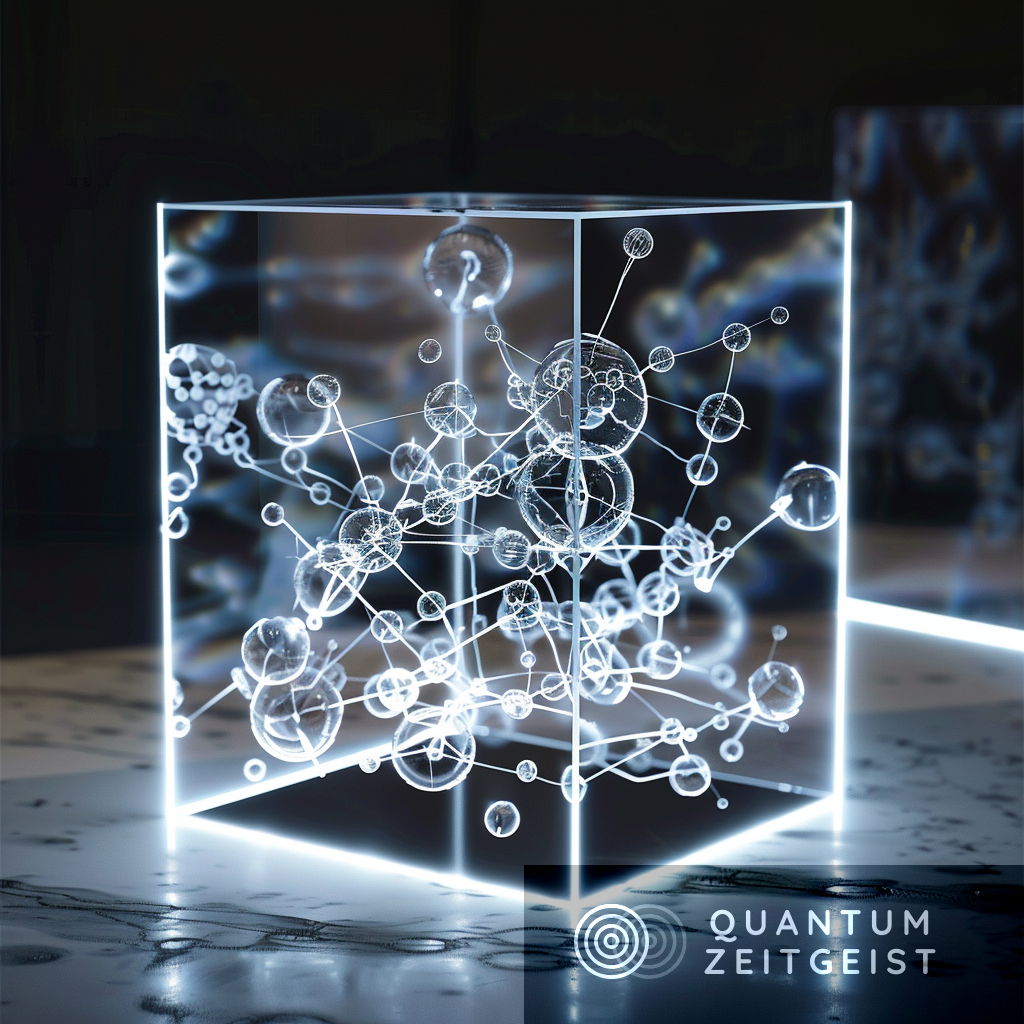The Rodeo algorithm, a recent development in quantum computation, serves as an eigenstate filter in quantum computers, estimating the number of states (NoS) of a quantum system. It outputs the probability of measuring a general state with a specific energy, enabling the calculation of the NoS. This algorithm is particularly promising for studying the thermodynamics of quantum systems. It also plays a crucial role in studying the thermodynamics and behavior of quantum systems at the microscopic level. The effectiveness of the Rodeo algorithm is demonstrated through its application to the 1D transverse field Ising model.
What is the Rodeo Algorithm in Quantum Computation?
The Rodeo algorithm is a recently developed method in quantum computation. It was introduced by Choi et al. and serves as an eigenstate filter in quantum computers. However, it requires some preliminary knowledge of the eigenstates. The algorithm estimates a quantum system’s number of states (NoS). Instead of intuitively counting the eigenstates filtered by the scheme, the Rodeo algorithm recognizes its capability to output the probability of measuring a general state with a specific energy. This property enables the calculation of the NoS by inputting just the computational basis into the algorithm. By estimating the probability of measuring each state of the computational basis at all accessible energy levels, we estimate the squared coefficients of the expansion of the eigenstates within that basis, which can be converted into the NoS.
How Does the Rodeo Algorithm Contribute to Quantum Systems?
In statistical physics, the number of states a system can be realized with a given energy is a critical concept that bridges the microscopic and macroscopic descriptions of physical systems. For quantum systems, many approaches rely on the solution of the Schrödinger equation. The Rodeo algorithm introduces a customization that enables us to determine the number of states associated with all energy levels without knowing the eigenstates. Quantum computers, with their innate ability to address the intricacies of quantum systems, make this approach particularly promising for the study of the thermodynamics of those systems.
What is the Role of the Quantum Microcanonical Ensemble?
The description of isolated quantum systems is appropriately achieved through the quantum microcanonical ensemble. The importance of this ensemble resides in allowing us to understand how quantum mechanical effects influence the nature of thermodynamic phenomena. Furthermore, it plays a crucial role in studying thermodynamics and the behavior of quantum systems at the microscopic level. In this ensemble, once the microstates are defined, the thermodynamic behavior of the system is promptly available via the entropy.
How Does the Canonical Ensemble Contribute to Quantum Systems?
There may be an interest in investigating the thermodynamic characteristics of systems that interact with their surroundings, such as those in thermal contact with a heat bath. In such scenarios, an appropriate analysis is conducted using the canonical ensemble. In this method, the fundamental quantity is the partition function, which can be regarded as the Laplace transform of the NoS. The canonical ensemble establishes a connection to thermodynamics through the Helmholtz free energy.
How is the Rodeo Algorithm Applied to the 1D Transverse Field Ising Model?
The effectiveness of the proposed methodology is demonstrated through an investigation of the 1D transverse field Ising model. The Rodeo algorithm offers a general method that avoids the need for a detailed probing of the state space to search for specific states. Using the Rodeo algorithm, the number of states of the 1D transverse field Ising model can be computed, proving the method’s reliability.
Publication details: “Estimating the number of states of a quantum system via the Rodeo algorithm for quantum computation”
Publication Date: 2024-02-16
Authors: J. C. S. Rocha, Raphael Fortes Infante Gomes, Wallon Anderson Tadaiesky Nogueira, R. A. Dias et al.
Source: Research Square (Research Square)
DOI: https://doi.org/10.21203/rs.3.rs-3957450/v1

